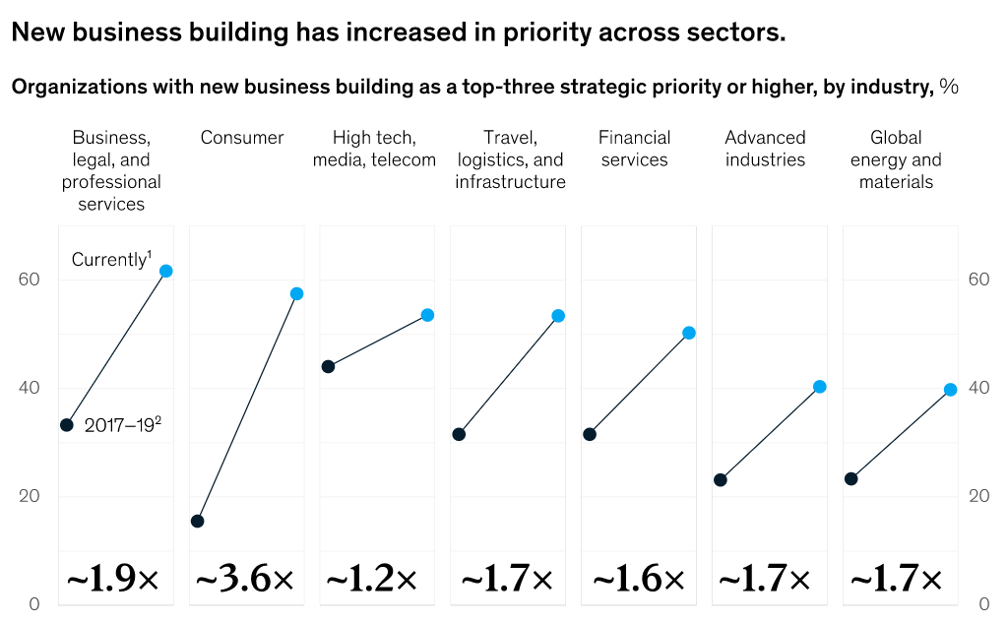
Communicating Across Cultures: Translating Marketing Content in Chinese
Articles
・6 min read
2020 was a more eventful year than anyone could have imagined. What will 2021 hold? We asked our CEO Véronique Özkaya for her take on where we’ve been and where we’re going.
Crises compel organizations to rethink how they work, and they often become the source of lasting change and growth. In 2020, it feels like we were tested not to show our weaknesses but to discover our strengths. COVID-19 made us accelerate numerous approaches to business, including how we serve customers, work with suppliers, and collaborate with each other.
While many companies may have been uncomfortable with having to stretch extensively in such a short period of time, it seems the localization industry has been able to adapt quickly, since the supply chain model was already pretty much based on a freelance or small agency model. 10 months into the pandemic, results indicate that this faster, more agile way of working should become the new normal. We have witnessed what will surely be remembered as a historic deployment of remote work and digital access to services across every domain. We can see two great benefits from this new way of working:
The progress in these areas made in 10 months is probably the equivalent of the progress we would have ordinarily made in 10 years. In areas like Medtech, COVID-19 has been a threat but also a call to action for organizations to improve the delivery of healthcare.
As companies work to regain their footing after the vast human and economic toll taken by COVID-19, artificial intelligence (AI) is poised to play a pivotal role. The pressure for organizations to adopt AI was already mounting before the crisis, and the pandemic has only elevated the technology’s prominence, with many companies using AI to quickly triage the vast challenges they face and set a new course for their employees, customers, and investors in an uncertain, rapidly evolving landscape.
What we believe is starting to change is that employees outside tech departments are actively contributing to shaping the AI journey(s). This trend will help engage employees while driving efficiency and innovation, but it should also help bring the flexibility required as the “new normal” starts to take shape.
Business building has been a top priority for organic growth at companies during the COVID-19 pandemic. It can help companies diversify their revenues and keep pace with shifting customers and markets. Business building tends to generate faster growth but also enables greater resilience to economic volatility, and COVID-19’s threat to existing revenue streams has accelerated the business building trend. While mergers and acquisitions are a big part of the growth avenues, P/E remain high, acquisitions can be expensive, and only the test of time validates the fit.

Source: McKinsey Global Survey on business building, August 2020
The purpose of business building is reaching significant, profitable customer penetration in a target market. This brings us to a very basic yet essential need – organizations have to create a plan for scaling the business from the very beginning, with a clear direction for attracting new customers at a cost that allows for profitable growth. As with a lot of things, practice comes from doing. There will be failures, but by trying different avenues, you can also diversify risk and create a recipe for success.
In the localization industry, language data annotation and services, localization consulting (content strategy consultancy, for example), machine translation as a managed service, and target-only post-editing may be very interesting areas that companies will explore as promising business lines. 2021 will tell!
Véronique Özkaya was appointed Chief Executive Officer of Argos Multilingual in early 2020. Prior to that, Véronique built an impressive career in the localization industry, using her experience, insight, and leadership to shape strategies that unlocked significant growth.
What to read next...
Want to know more?
The latest industry news, interviews, technologies, and resources.
View all resourcesGet in touch
We are committed to giving you freedom of choice while providing subject matter expertise and customized strategies to fit your business needs.
Contact us